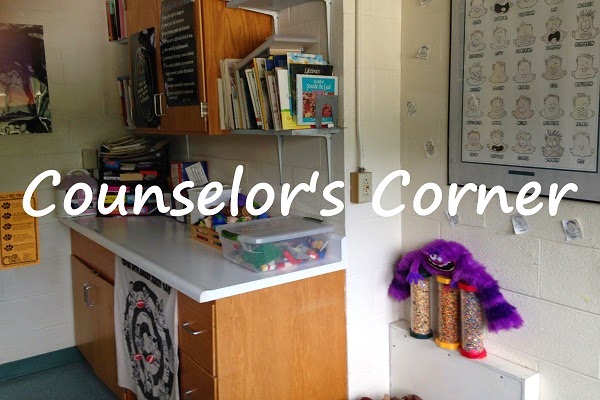I recently read an article in Parent's magazine (January 2016 issue) that listed, in their view, the eight best ways to keep your kids healthy. I found the information helpful and very user friendly and wanted to pass it along to you.
1. Offer lots of fruits and veggies - Children need to be taught to like fruits and vegetables. Often when kids reject a food it is because it is unfamiliar, not due to true dislike. Children need to be offered the same food many times, up to 15, before they will like or tolerate them.
2. Teach hand-washing - People's hands are the number one source for spreading infection. We transfer germs from our hands into our body when we touch our eyes, mouth, or nose. Young children touch their face as often as 50 times an hour! As a result children need to be taught to wash their hands properly and we need to frequently wipe down the "hot spots" in our houses (door handles, toys, keyboards).
3. Vaccinate on time - The vaccine schedule is designed to give immunizations to children when they are the most effective.
4. Brush teeth with fluoride - Even mild tooth decay can affect kids' health by causing pain, poor eating, and interrupted sleep. Simply brushing protects teeth - if you use fluoride.
5. Enforce a regular bedtime - Delaying a child's bedtime doesn't do them any favors. Children who don't get enough sleep can become hyperactive and their school performance suffers. After kindergarten kids need nine to eleven hours of sleep. So set a regular bedtime routine and stick to it.
6. Insist on a helmet - Wearing a helmet can prevent serous injuries - yet less than half of kids wear them. Insist that your child wears a helmet when they ride anything with wheels.
7. Apply sunscreen, all year long - Sunburn in childhood is particularly risky. The earlier in a child's life that skin cells become damaged, the greater their chance of developing skin cancer over their lifetimes. Kids have a thinner outer protective layer than an adult's does so they are more sensitive to the harmful effects of ultraviolet radiation.
8. Use safety straps - Make sure you follow the instructions on your child's car seat/booster seat/seatbelt. Enforce the use of a safety straps for yourself and your children whenever they are riding in a car.
Wednesday, December 30, 2015
Monday, December 7, 2015
Safety lessons
This month, I have begun teaching safety lessons in many of the grade levels. When I teach the safety lessons I focus on three safety rules; No, Go, Tell, Check First, and the Buddy System. No, Go, Tell is an easy and simple way for students to remember that when they are feeling uncomfortable and/or in danger of being hurt they need to say No and go and tell the closest adult that they can find. Check First replaces the "Stranger Danger" rule by teaching children to always check first with an adult before going anywhere or changing their plans. Lastly, the Buddy System reminds students to always take a buddy with them when they are going anywhere.
All of the rules empower the students to speak up and get an adult to make these important decisions. After we discuss the rules together as a class the students are given the opportunity to decide what safety rule to use when given certain scenarios. This allows them to put their knowledge into practice in situations that may come up. Some of the scenarios include; if an adult you don't know asks for help in finding their missing cat what would you do? If the doorbell rings and your family is busy what do you do? If you want to get a drink when you are watching a movie at the movie theater what do you do? When the students are able to figure out what to do in a real life situation that knowledge is powerful and makes them feel safer.
We also spend some time on 911 and when that number should be used, store/community strategies to use when you are lost (always stay in the store you last saw the adult you were with, ask for help from an employee when you are lost), and we briefly go over the important information that they should know such as home or cell phone number, street address and the first names of the students parent/guardian.
All of the rules empower the students to speak up and get an adult to make these important decisions. After we discuss the rules together as a class the students are given the opportunity to decide what safety rule to use when given certain scenarios. This allows them to put their knowledge into practice in situations that may come up. Some of the scenarios include; if an adult you don't know asks for help in finding their missing cat what would you do? If the doorbell rings and your family is busy what do you do? If you want to get a drink when you are watching a movie at the movie theater what do you do? When the students are able to figure out what to do in a real life situation that knowledge is powerful and makes them feel safer.
We also spend some time on 911 and when that number should be used, store/community strategies to use when you are lost (always stay in the store you last saw the adult you were with, ask for help from an employee when you are lost), and we briefly go over the important information that they should know such as home or cell phone number, street address and the first names of the students parent/guardian.
Subscribe to:
Posts (Atom)
